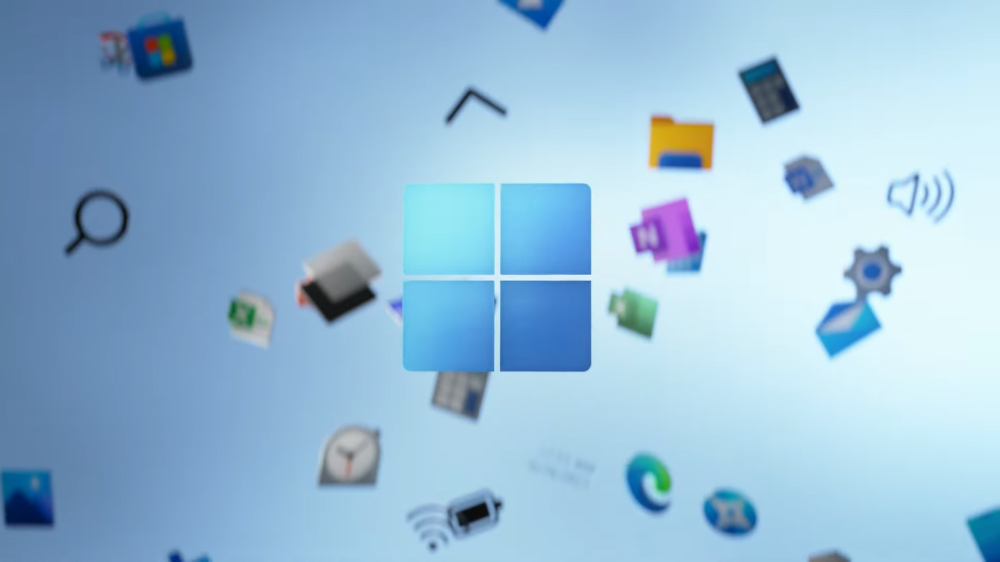Microsoft Corp. today introduced two new offerings, a cloud service and a Windows device powered by Qualcomm Inc. silicon, that promise to simplify software developers’ day-to-day work.
Both offerings made their debut during the company’s Build 2022 developer event. The company also introduced a slew of other additions to its product portfolio at the event.
Microsoft is rolling out a new cloud service called Microsoft Dev Box that promises to save time for software teams. It does so by enabling developers to more quickly set up their workstations, a task that usually takes days to complete. Microsoft says the service will also help organizations improve their cybersecurity in the process.
The programming tools developers use to write code often vary between software projects. As a result, when developers launch a new software project, they often have to install several new programming tools on their workstations. The installation process can take days and, in some cases, weeks because there are numerous settings and configuration options that have to be defined manually.
The task becomes even more complicated when a developer is working on multiple software projects that each require a separate set of programming tools. Configuration errors are another challenge. Often, the programming tools used in enterprise application projects are so complex that a misconfigured setting can take hours to find and fix.
With its newly launched Microsoft Dev Box service, Microsoft hopes to simplify developers’ work. The service makes it possible to create a cloud-based developer workstation that features all the programming tools and configuration settings necessary for a software project. New cloud-based workstations take a few minutes to launch, according to the company.
Besides saving time for developers, Microsoft Dev Box also promises to improve cybersecurity. Information technology teams can centrally apply security patches to cloud workstations using Microsoft’s Intune tool. Moreover, it’s possible to create rules to regulate who can access which workstations and how.
“If a Dev Box is compromised, IT admins can isolate the Dev Box while helping the developer get back up and running on a new Dev Box,” Anthony Cangialosi, a principal group project manager at Microsoft, detailed in a blog post.
Alongside Microsoft Dev Box, the company today introduced a new hardware product called Project Volterra. It’s a Windows device powered by a Snapdragon chip from Qualcomm that developers can use to test new applications.
For developers building artificial intelligence software, Project Volterra provides a software toolkit called the Qualcomm Neural Processing SDK for Windows. The toolkit enables applications to more easily use the AI-optimized circuits in the device’s onboard Snapdragon chip. Snapdragon chips include an integrated graphics card, as well as a specialized accelerator optimized for machine learning.
Project Volterra is part of a broader effort by Microsoft to expand the number of processors that Windows supports. “We believe in an open hardware ecosystem for Windows giving you more flexibility and more options as well as the ability to support a wide range of scenarios,” Panos Panay, chief product officer of Microsoft’s Windows and Devices business, wrote in a blog post today.
Snapdragon chips are based on Arm Holdings plc’s semiconductor designs, which also power many other processors. Microsoft plans to add improved support for Arm processors to several of its most popular software development tools. The list includes the Visual Studio and VSCode coding applications, the Windows Terminal command line tool and a number of other technologies.
Neural processing units, or NPUs, are also a focus of Microsoft’s effort to expand the number of processors that Windows supports. NPUs are chips optimized specifically to run machine learning software.
“Because we expect to see NPUs being built into most, if not all future computing devices, we’re going to make it easy for developers to leverage these new capabilities, by baking support for NPUs into the end-to-end Windows platform,” Panay said.

